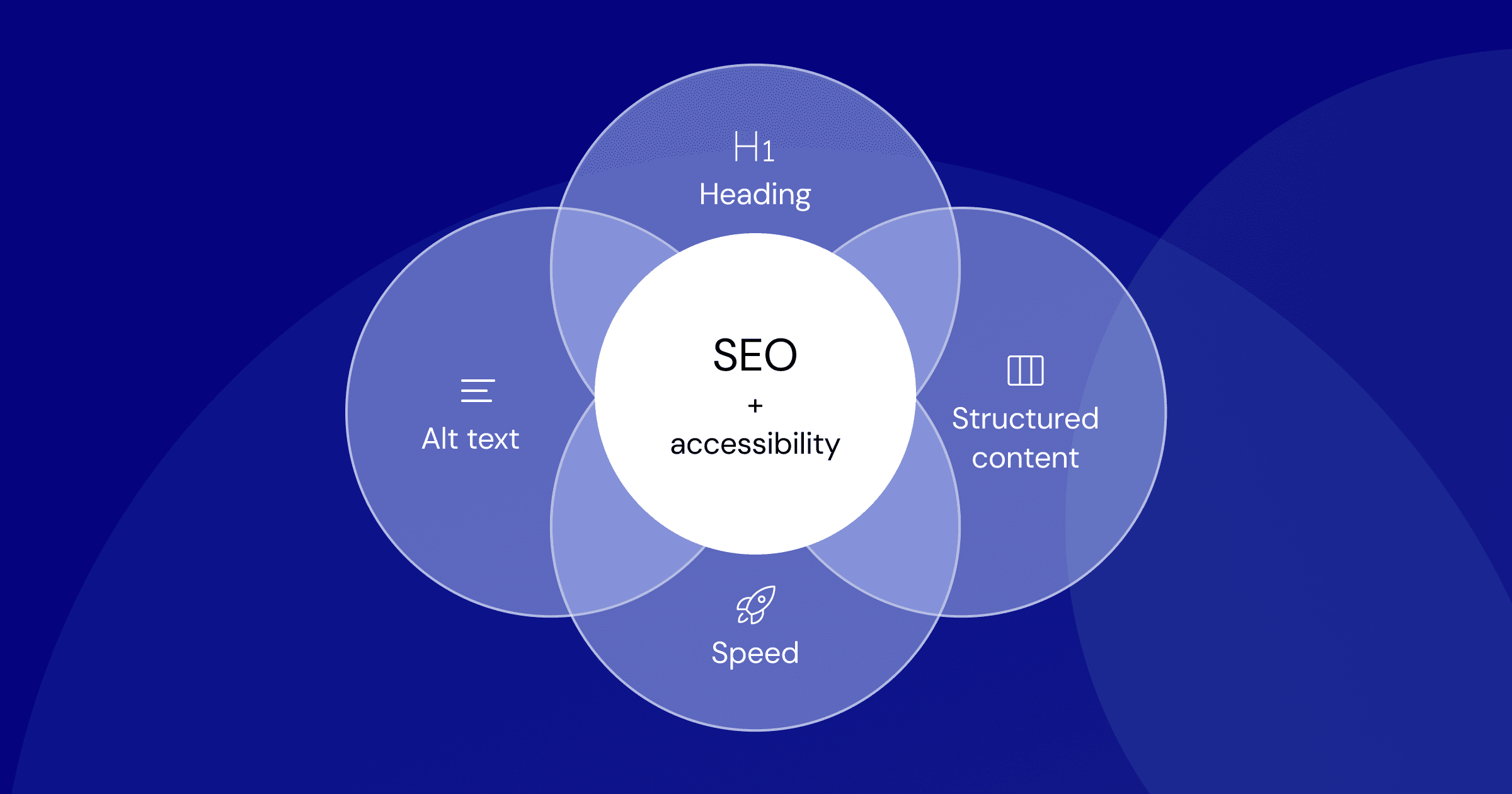TrustScore™: The Emerging KPI for AI-Mediated Content
By Eleanor Vance • November 11, 2025 • 9 min read • 32 views

The Shifting Sands of Content Visibility
Forget vanity metrics and traditional SEO. In the rapidly evolving landscape of AI-driven information discovery, a new key performance indicator is emerging: TrustScore™. This isn't just another acronym to add to your marketing jargon; it's a fundamental shift in how we measure content effectiveness, especially as AI systems become our primary gatekeepers to information.
For years, marketers have focused on backlinks, engagement rates, and keyword rankings. These metrics, while still relevant, are becoming increasingly insufficient in an era where large language models (LLMs) and generative AI are reshaping how content is produced, found, and consumed. Think about it: when you ask a question to ChatGPT or a similar AI, it's not pulling from a pre-indexed, human-curated list of results in the same way a search engine might. Instead, it's inferring, synthesizing, and presenting information based on its training data and understanding of your query.
Navigating the AI Inference Maze
This is where TrustScore™ comes into play. Introduced by Thriveity, it's designed to measure how well your content performs not just for human eyeballs, but for AI inference systems. It delves into four critical dimensions:
- •Authorship Provenance: Can the AI clearly trace the origin and authority of the information? This means verifiable author credentials, clear sourcing, and avoiding overly aggregated or ghost-written content.
- •Semantic Integrity: Does the content accurately and coherently convey its intended meaning? AI is getting better at spotting factual inaccuracies or nonsensical statements.
- •Inference Resilience: How does the content hold up when processed by different AI models or prompts? Diverse and robust content is less likely to be misinterpreted or dismissed.
- •Narrative Consistency: Is the story or information presented logically and without contradictions across a piece and potentially across related content pieces?
These aren't the metrics you typically find in your Google Analytics dashboard. They speak to the underlying quality and trustworthiness of content from an AI's perspective. Measuring these aspects aims to help organizations diagnose machine understanding and ultimately improve how their content is surfaced and trusted by AI.
Why TrustScore™ Matters for Marketers
The implications for marketers are profound. If AI becomes a dominant channel for information retrieval and content discovery, then optimizing for AI understanding – essentially, for a good TrustScore™ – becomes paramount. This isn't about tricking algorithms; it's about creating content that is inherently valuable, accurate, and well-attributed, making it easier for AI to understand and recommend.
Consider the rise of generative AI in content creation. While tools like ChatGPT and OpenAI's Sora promise to streamline ad creation and SEO optimization, they also raise questions about originality and factual accuracy. How will AI systems differentiate between AI-generated fluff and well-researched, human-authored insights? This is precisely the problem TrustScore™ aims to address. It's about establishing a benchmark for content quality that AI can reliably evaluate.
The Future of Content Credibility
Dr. Tammy Graham, writing for Thriveity, positions TrustScore™ as a
About Eleanor Vance
Eleanor Vance covers AI and media ethics for SMM News. With 10 years in tech journalism, she explores how technology shapes information and trust in the digital age.
